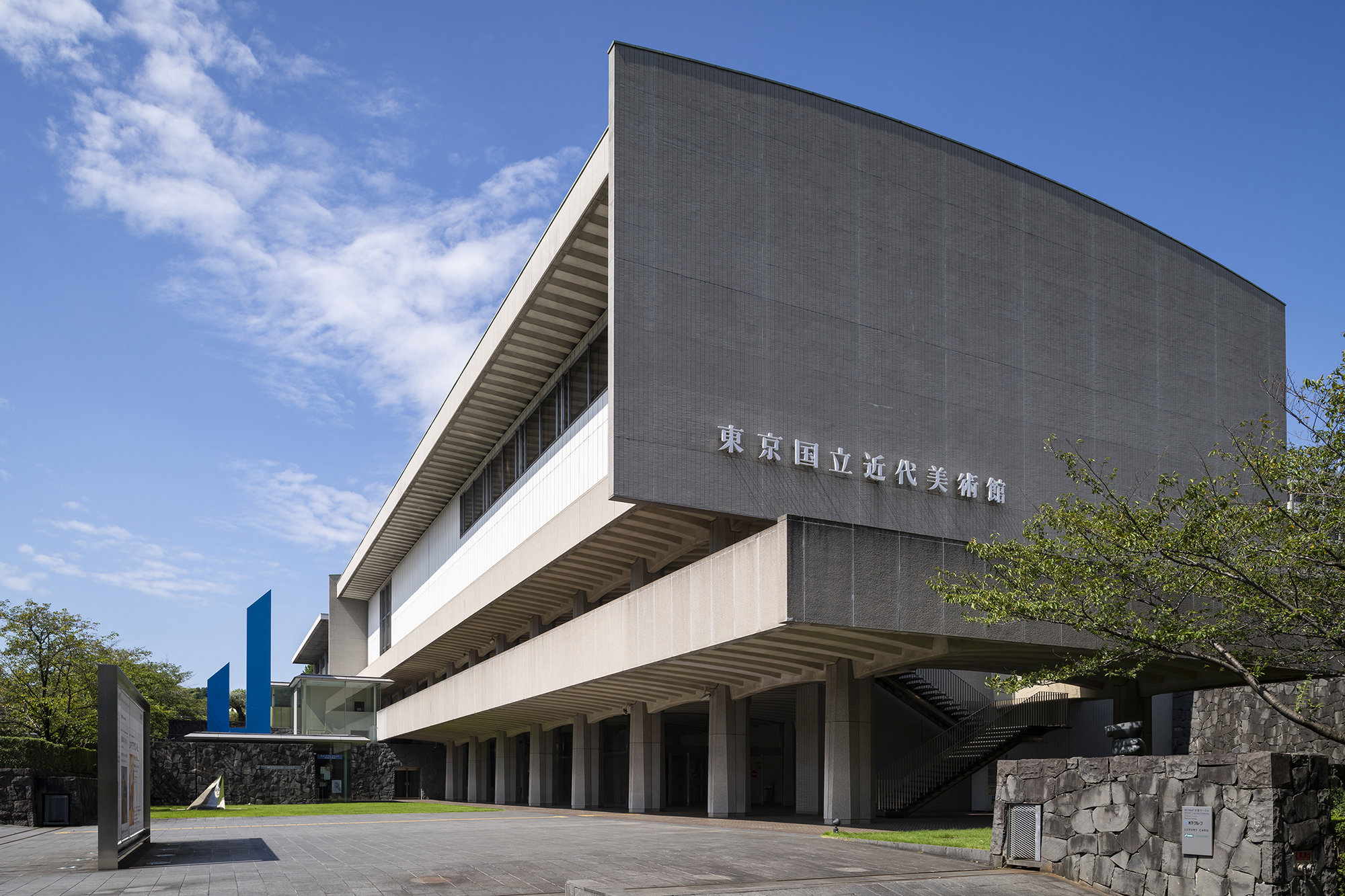History of the National Museum of Modern Art, Tokyo
Establishment of The National Museum of Modern Art (1952–)
The National Museum of Modern Art, Tokyo (MOMAT) opened its doors in Kyobashi, Chuo ward, Tokyo as Japan’s first national art museum on December 1, 1952. The long-awaited national exhibition facility where visitors could enjoy modern art was housed in the former headquarters of Nikkatsu Corporation, which had been designed and refurbished by the architect Maekawa Kunio.
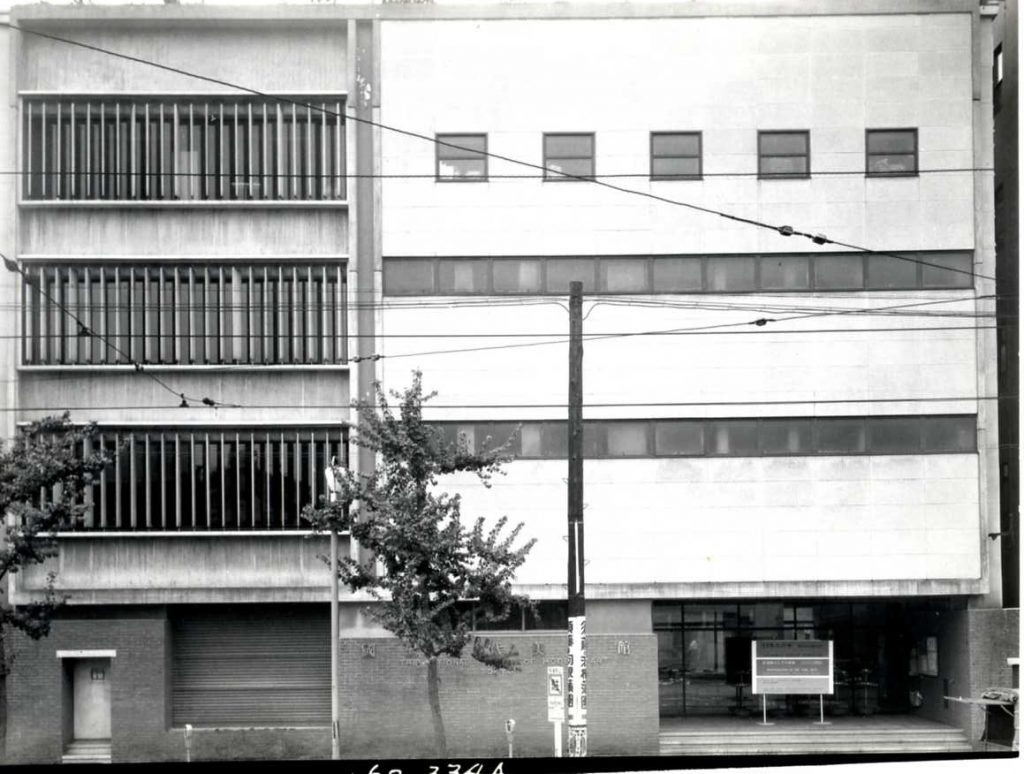
Relocation from Kyobashi to Takebashi (1952–1969)
Since its opening, MOMAT has collected works and organized exhibitions while bearing in mind the formation of modern art history. At the same time, the Museum has showcased trends in contemporary art in the Adventure in Today’s Art of Japan (1961) exhibition, among others. Aware of its cross-disciplinary nature since the beginning, the Museum has organized exhibitions such as The Exhibition of Contemporary Photography: Japan and America (1953) and Gropius and Bauhaus (1954), which were focused on diverse genres including photography, design, and architecture.
As the collection grew and MOMAT expanded into special exhibitions, the building was frequently renovated, but as the space for the collection exhibitions became increasingly restricted, options for relocating the Museum were considered. Thanks to the generosity of Ishibashi Shojiro, a trustee of the Museum who donated the construction funds, the museum opened in a building designed by the architect Taniguchi Yoshiro at its current location in Kitanomaru Park, Chiyoda ward, in 1969. The opening exhibition was Contemporary Art: Dialogue Between the East and West. Inspired by the construction of the new building, the Museum purchased and installed Isamu Noguchi’s Gate (1969) and other outdoor sculptures, which have become popular landmarks at the Museum. Following the relocation, the film library attached to the Museum continued its activities as the National Film Center, still a section of the Museum, in the former Museum building.
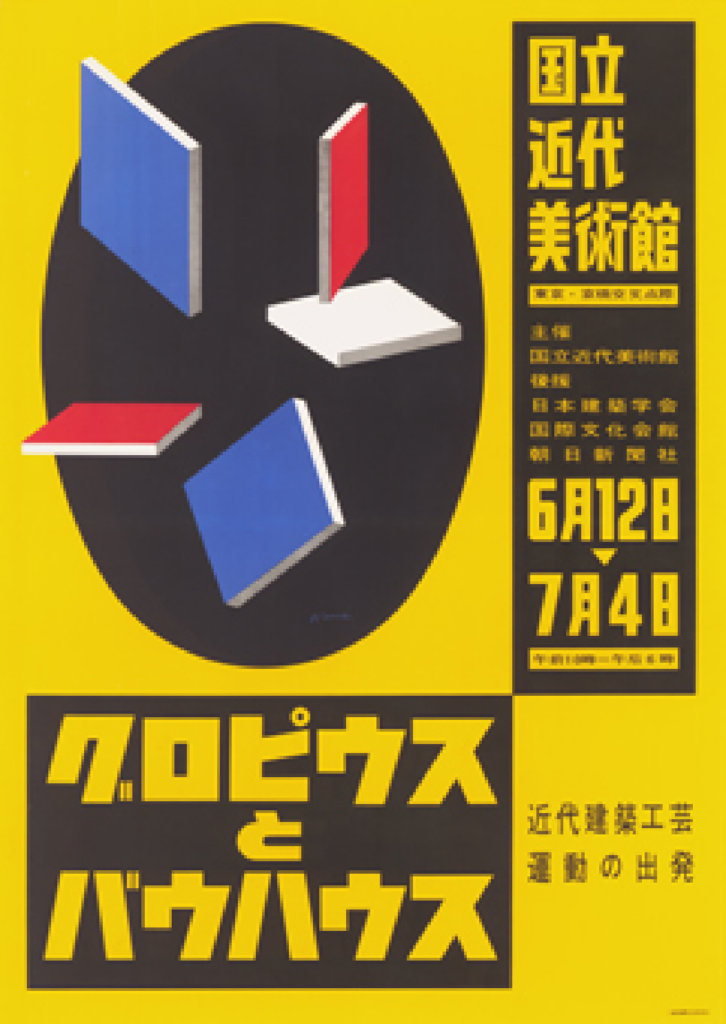
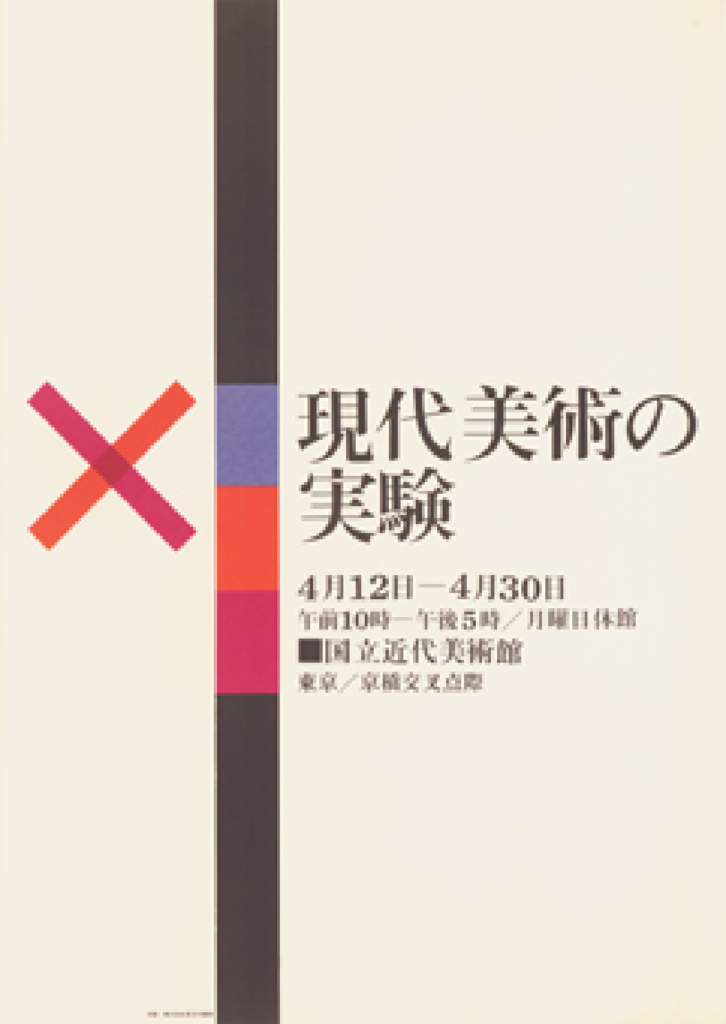
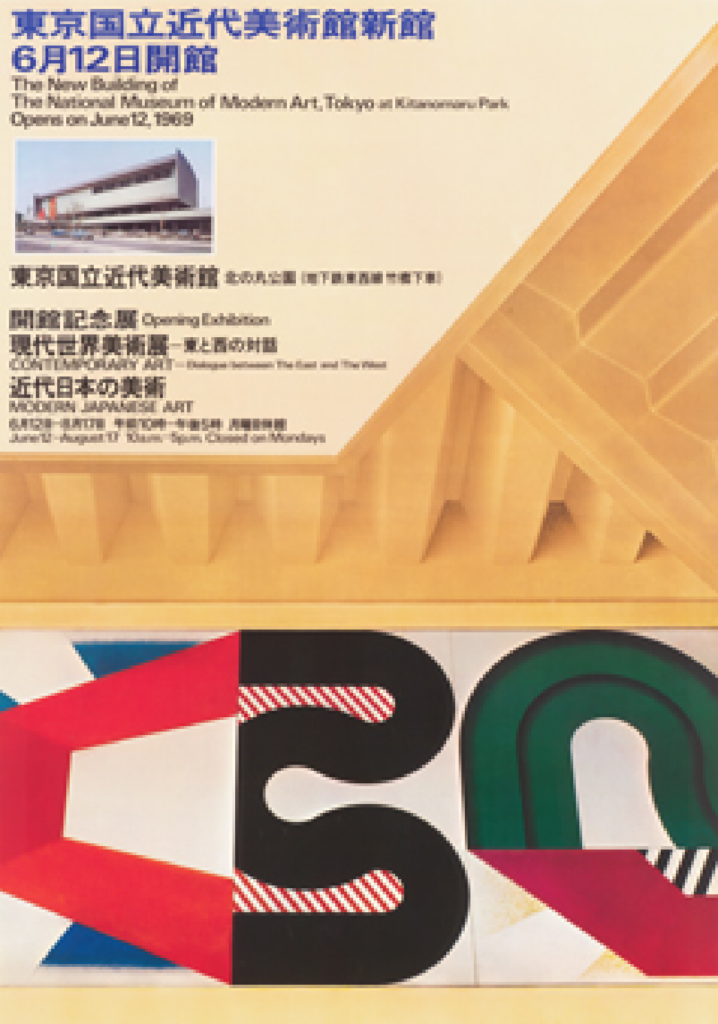
Opening of The National Museum of Modern Art, Kyoto and Crafts Gallery, The National Museum of Modern Art, Tokyo (1963–1977)
In 1963, the Kyoto Annex of the National Museum of Modern Art was established in Okazaki Park in Kyoto. The Annex was spun off as the independent National Museum of Modern Art, Kyoto in 1967. In 1977, the Crafts Gallery at the National Museum of Art, Tokyo, opened in the former headquarters of the Imperial Guards (Important Cultural Property) in Kitanomaru Park.
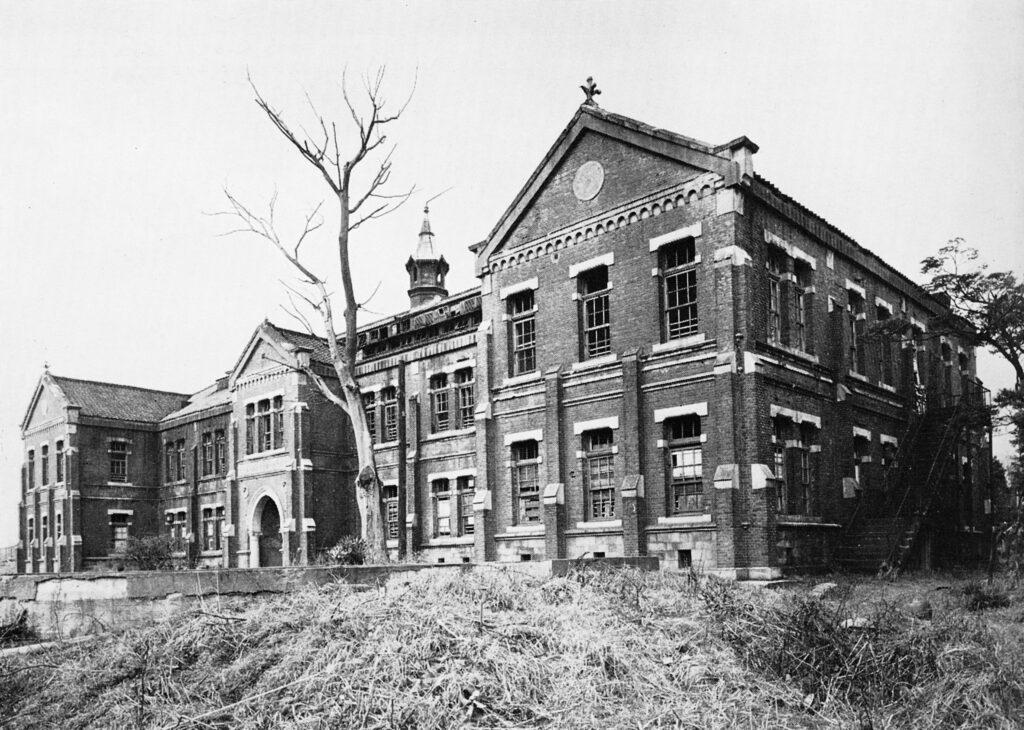
The National Museum of Modern Art, Tokyo in the 21st century (2001–)
On April 1, 2001, MOMAT joined forces with the National Museum of Modern Art, Kyoto, the National Museum of Western Art, and the National Museum of Art, Osaka to form the Independent Administrative Institution National Museum of Art.
Thirty years after the construction of the new Museum, the building underwent a large-scale extension and renovation based on a design by Sakakura Associates Architects and Engineers. The environment for viewing the art was improved by expanding the galleries and storage depots, by developing the Art Library into a library that is open to the public where visitors can browse the materials, by building a new restaurant and museum shop, and by adding rest areas. The building was also reinforced for earthquake resistance. The work was completed in September 2001 and the museum reopened in January 2002 with the exhibition The Unfinished Century: Legacies of 20th Century Art. To mark the Museum’s 60th anniversary in 2012, the exhibition room underwent a major renovation and an exhibition of collected works entitled MOMAT Collection was created.
The Film Center, which had been the film library section at the National Museum of Modern Art, Tokyo, became independent of MOMAT as of April 1, 2018 when it embarked on a new path as the National Film Archive of Japan. The Archive is the sixth member of the Independent Administrative Institution National Museum of Art.
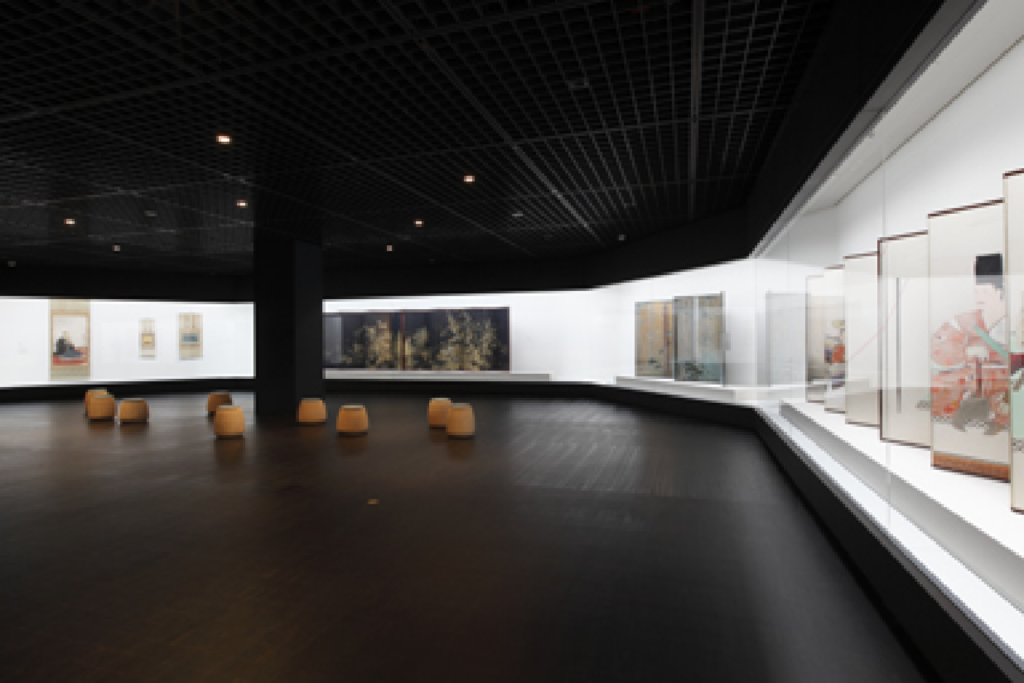
In 2020, the Crafts Gallery at MOMAT relocated to Kanazawa, Ishikawa prefecture, where it reopened as the National Crafts Museum. The Museum is housed in two buildings dating from the Meiji period: the Old 9th Division Command Headquarters, which was designated a Registered Tangible Cultural Property in 1997, and The Old Army Generals Club. The buildings were dismantled and relocated within Kanazawa, Ishikawa prefecture where they have been reassembled and restored. The museum was officially named the National Crafts Museum in 2021.
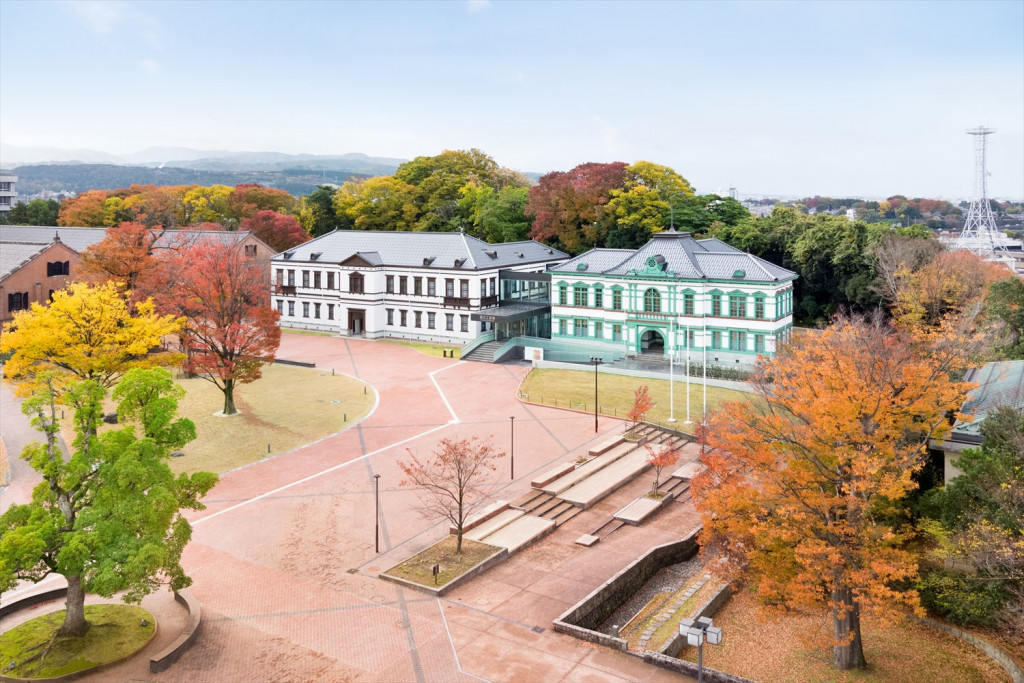
70 years since the foundation and beyond (2022–)
On December 1, 2022, MOMAT celebrated its 70th anniversary. In keeping with the spirit at the time of the opening, we will continue to cultivate the Museum as a creative venue together with artists and visitors alike.
